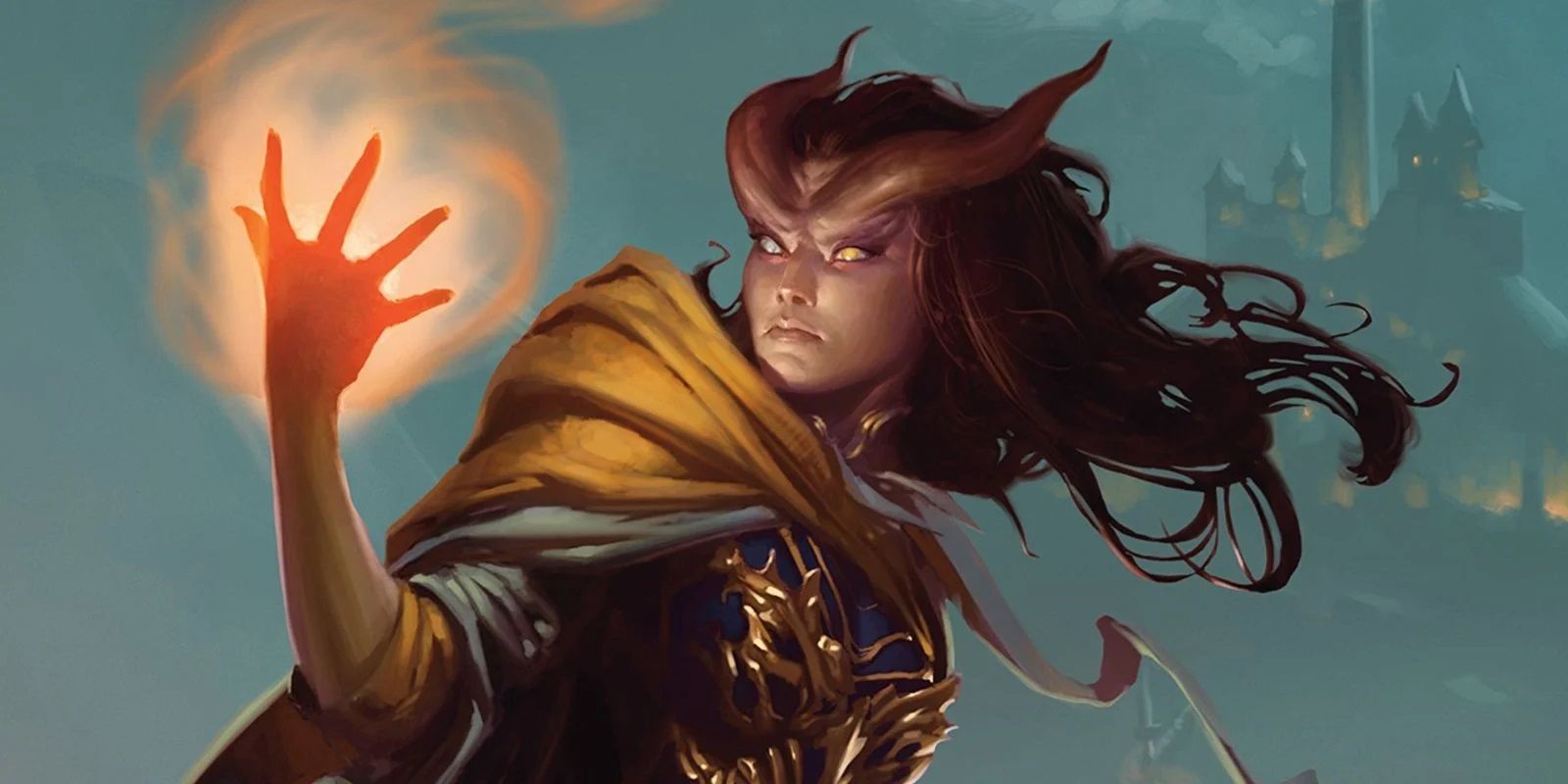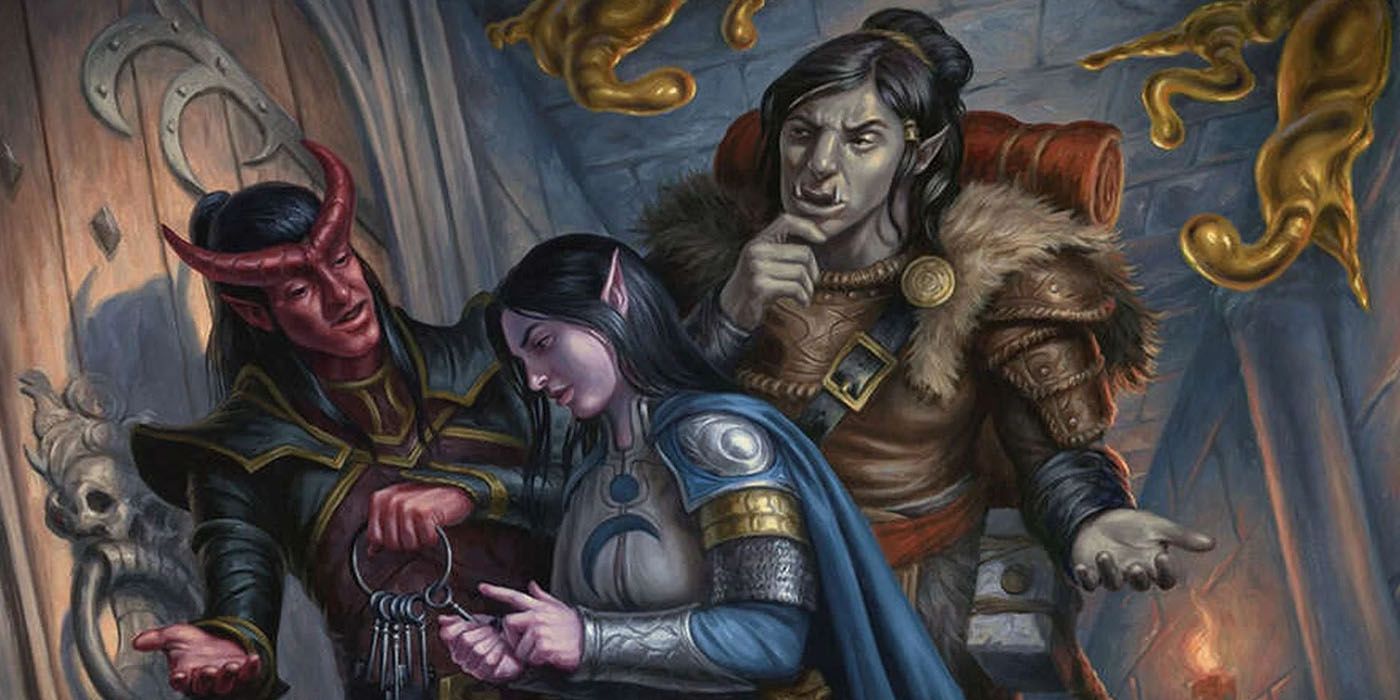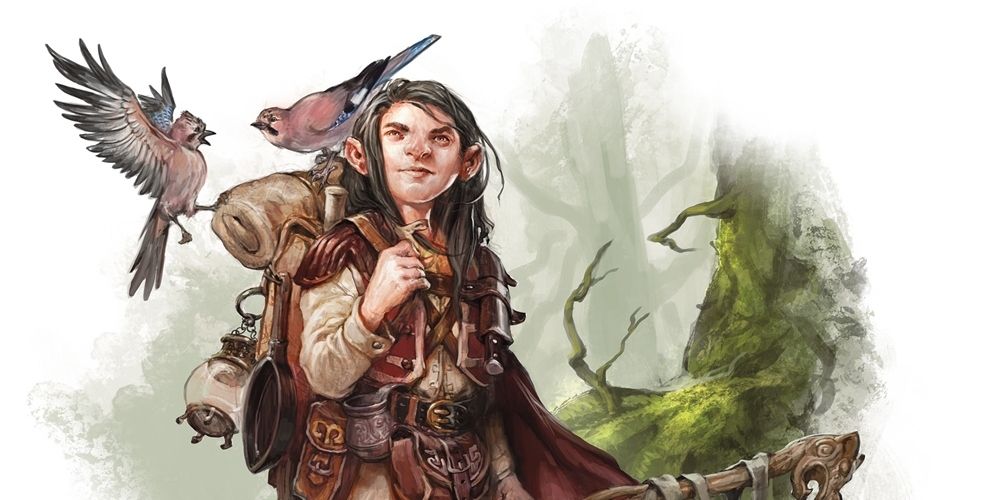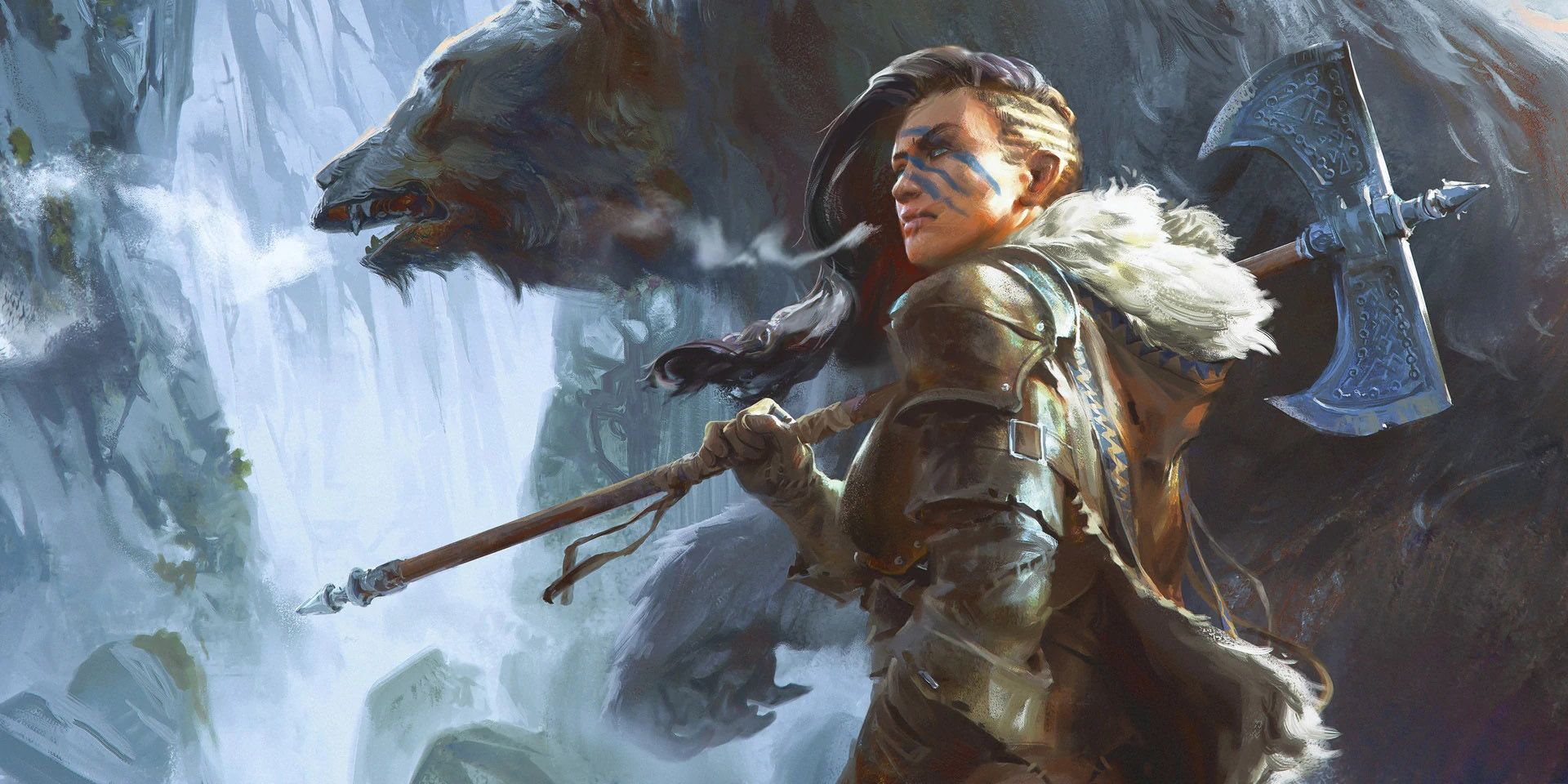Dungeons & Dragons Fifth Edition features a huge number of races to choose from when creating a character. With nine playable races in the Basic Rules, others introduced in later sourcebooks, and a whopping 33 reworked and added in Mordenkainen Presents: Monsters of the Multiverse, there is now a huge (potentially daunting) variety for players to choose from. The recent introduction of One D&D adds the new Character Origins system, a much cleaner way for players to build exactly the character they want to play.
Using Origins, a player can either choose from a predefined list of playable races, backgrounds, and languages or mix and match to build their own. It provides a basic framework for each option that allows players and Dungeon Masters to easily homebrew any part of a character's origin. This fluidity and customizability allow for even greater role-playing and storytelling potential from character creation.
The options presented in One D&D are more or less the same as the options available in 5e, though a few changes have been made regarding races like half-elves and half-orcs. The first change that benefits role-play-focused characters is the sidebar titled "Children of Different Humanoid Kinds." The options presented in this sidebar cover both the absence of the half-human races, offering options for combining any humanoid playable race. Rather than the default of, for example, a half-orc having one orc parent and one human parent, all races can be combined. This opens up a ton of potential for narrative-focused characters, who might want to combine the visuals of one race with the traits and abilities of another.
With the new system, it's easy for players to customize races as needed to fit a specific character concept, or for storytelling that subverts expectations. Playing a character with the characteristics of an Orc but the racial traits of a Gnome would unlock a whole range of role-playing potential that is present in the flavor and storytelling of the character and backed up by their abilities. For example, an Orc that has learned how to tinker and craft clockwork devices as part of their backstory could be incredibly compelling, and it's easier than ever to bring that flavor to the game with the Rock Gnome options and using Prestidigitation to create a device that produces an effect.
Being able to manipulate the role-playing, visuals, and actual mechanics of a playable race like this is amazing for players who care more about role-playing than mechanics. One D&D encourages role-play-focused character building, as players don't have to sacrifice mechanics to suit a character concept; instead, the character concept can come with mechanics built in. While 5e technically allowed players to do this on their own, as a character's appearance has no real impact on their abilities, having options like this baked into the system helps standardize and improve the system for role-playing.
Another incredible tool provided in the playtest material is the new Character Backgrounds rules. While 5e let players customize them, there never really was much of a reason to do so, as they essentially added flavor with some extra proficiencies and gear. One D&D makes Backgrounds much more important, emphasizing customization while making premade options more dynamic. The current playtest version provides proficiencies, stat bonuses, and feats, which means players can tailor their starting stats, equipment, and abilities to the exact concept they have for their character. With this, players can create what they need to suit their intended backstory rather than searching for something that fits the bill.
With stat bonuses no longer tied to the character's race, players don't have to figure out what combination of race and class will create the most powerful build. The free-form Background framework means players could make anything and everything, and much like the new Race rules, these role-playing-focused choices are reflected in the rules. Players can choose the proficiencies, language, and stats that best suit their character based on their backstory, and assign a name and other traits based on that backstory. This gives players even more freedom when creating a character to tell exactly the story that they want to tell.
One D&D's Character Origins system seems to be built for a very specific purpose: to tie role-playing and game mechanics more closely together. Many 5e players have had to choose between making their character's abilities fit their backstory and being useful during gameplay. The Character Origins system seeks to remove that choice, blending mechanics and storytelling in a much more cohesive way. All of these new rules make creating an interesting backstory easier and reward players for doing so by providing options that can be mechanically effective while still telling the story they want to tell.




